A construction permit is required and it can take up to 20 business days to get the permit, which is a month.
I thought that my out of use tank could remain where it was buried. Nope, the buyer of my house needed a mortgage and to get the mortgage to buy my house, the tank had to be removed. Their attorney also advised that it be removed. Yep found this out 9 days before settlement. Did not know the tank removal permit took weeks to get. Settlement eventually happened but it was 4 weeks later.
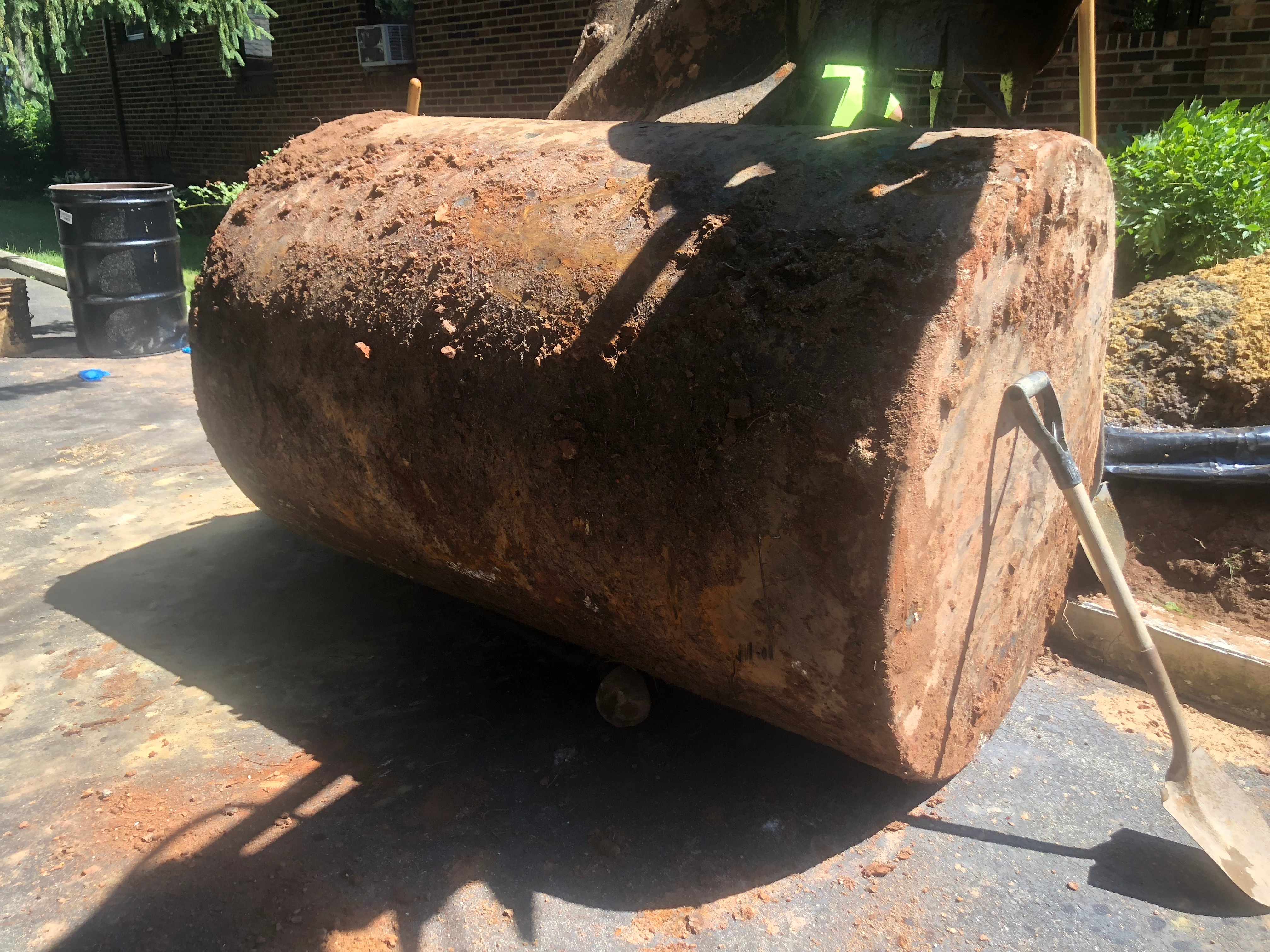
A tank removal report is important.
Had my tank removed no leaks. Listed house for sale, buyer wanted proof that the tank did not leak. I had a copy of the contract for the removal and I had a paid tank removal invoice, that was not enough,. The company I hired to remove the oil tank did not give me a report. Stupid me the contract for removal did not include a report. I had to pay another company to dig up the old tank grave, test the soils, and give me a report that the tank did not leak. Apparently, buyers want 100% confirmation that the tank did not leak. I mean it makes sense you want a report of the tank removal if you are buying a house, but why didn’t the tank removal company tell me that or give me one?
Tank removal soil sampling is really important.
I was told I did not have to soil test when the tank is removed. Apparently, testing is not required by law. Well I removed the tank and it leaked and the immediate diagnosis was $10,000.00 to $15,000.00 to remediate the leak. When I mean immediate, I mean I had an estimate to clean up the tank leak 2 days after the tank was removed. I ultimately fired the tank removal company and hired another company. The new company told me that you could not conclude 100% if remediation is necessary without soil testing. Bottom line I got the soil tested, yes there was oil; no, it was not enough oil to demand remediation. Saved the $10,000.00. Couldn’t the company tell me that testing while not required is worth it if the tanks appears to have leaked.
Not all oil leaks mean you have to remediate.
As I learned, a hole in a tank only means that the company that removed the tank is going to give me an expensive quote to clean up the oil. Apparently there are legal amounts of oil that can remain in the ground, kind of like good and bad cholesterol, but you would never know unless you test.
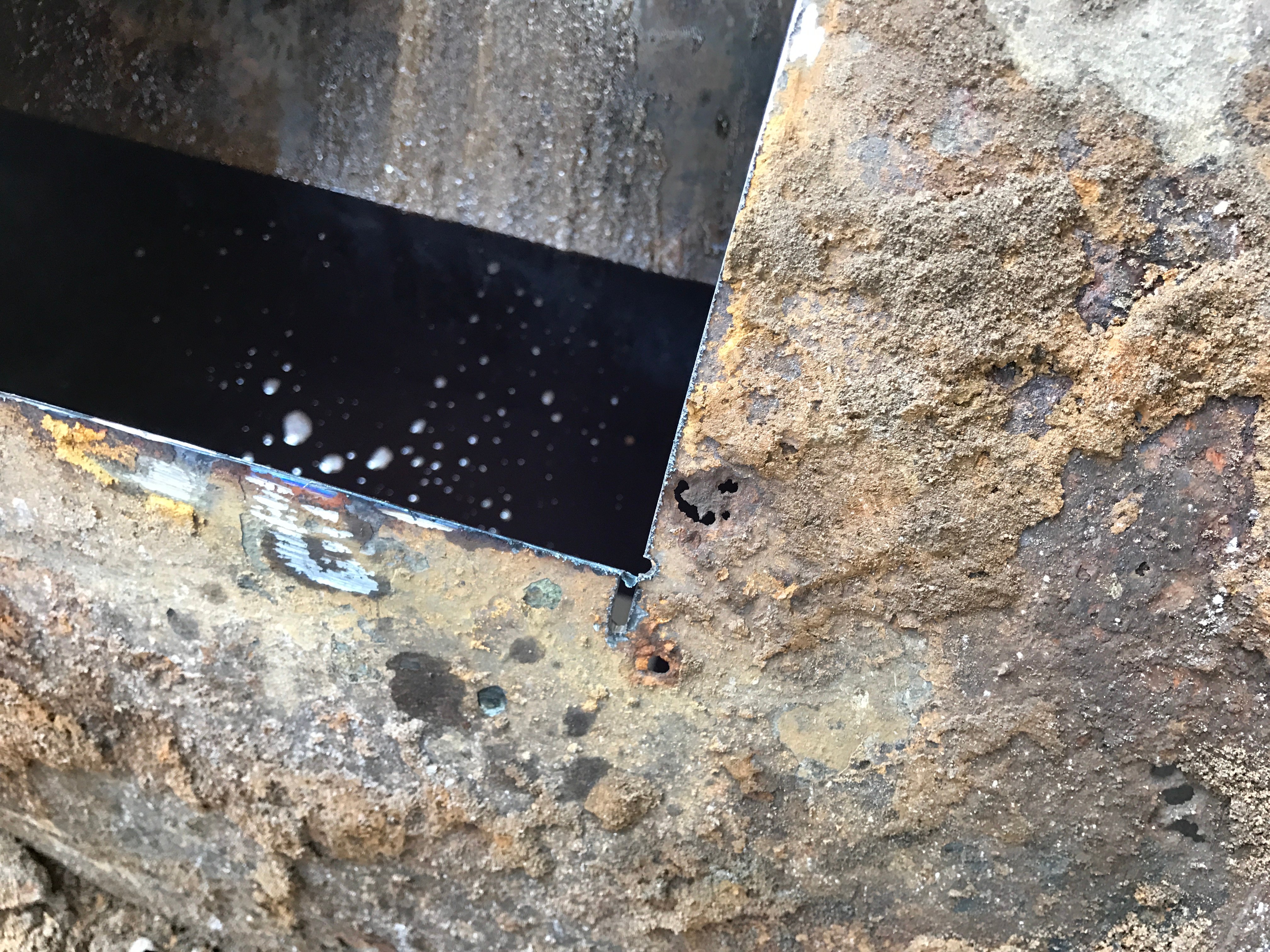
How excited the tank removal company crew would become after they removed my tank and found out it was leaking.
Got my oil tank removed, took the day off from work. The whole thing was very stressful as I bought the house with a sand filed tank and now 10 years later I am selling the house and the buyers want the tank removed. When the tank was removed and I saw holes in the tank, my heart sank. The mood of the tank workers was elevated when they saw the holes in the tank You would think the Philadelphia Eagles won a 2nd super bowl. I feel like they were leading me down a path to spend money I didn’t plan for or have. Look I understand tank leaks but I was never told about what happens when a tank leaks. It was upsetting that they were happy for by problems.
Getting something in writing is really important.
I hired a tank company to do my tank removal. They talked a good game and had a very good price. They had a 2-page proposal, it was brief and somewhat vague now that I think about it. Well when I found out my tank leaked soil testing which I thought was done or would be done (we did speak about it) was not done. They actually took a soil sample but it was not for determining if the oil level in the ground was legal it for the disposal of the soil. I was presumed guilty. I was more than a little miffed; I didn’t want to pay the bill until I got a report of removal. I didn’t get that either. I complained to an attorney who reviewed my 2-page quote. I was told if it is not in the contract the company doesn’t have to do it. So, I got no testing and no report, but I was told I would if in the small chance my oil tank leaked. It was a case of he said she said, the attorney agreed it was deceptive but not worth the money to go after legally.
The cheapest price is not the best.
I figured a tank is a tank is a tank, so a tank removal is a tank removal. I picked the least expensive company. I thought I compared apples to apples and was picking the shiniest apple. Well my tank leaked and I was up charged more than 5 times what the cost to remove the tank was. What I learned from one of the tank company workers who needed to use my bathroom was the company doesn’t make money removing oil tanks. The cleanup is much more profitable and their goal is to get as many tank removal projects as possible, which increases their odds of finding a leaking tank. They are supposed to call the office once they know a tank leaked, I guess to toast to their good fortune but not mine.
These seven snippets of experiences all came from clients of Curren who had their tank removed by another company.
Do something once and you are a novice.
Do something twice, well you are not a pro but you know more than you did the first time.
Bottom line, we have been performing tank projects for over 20 years. Thousands of tanks tested, removed, and remediated. Referrals are our largest source of work and we don’t advertise, no ads on the internet promoting Curren Environmental. We do get many calls from people who after reading our web site and speaking to us wished they called us first for their tank removal.
If you have a tank and you want solid advice and your work professionally done, call our office. We provide free consultation and estimates. We have no sales people and 20 years of satisfied clients. You can be the next one.
Monday to Friday 8:00 am to 5:00 pm
888-301-1050
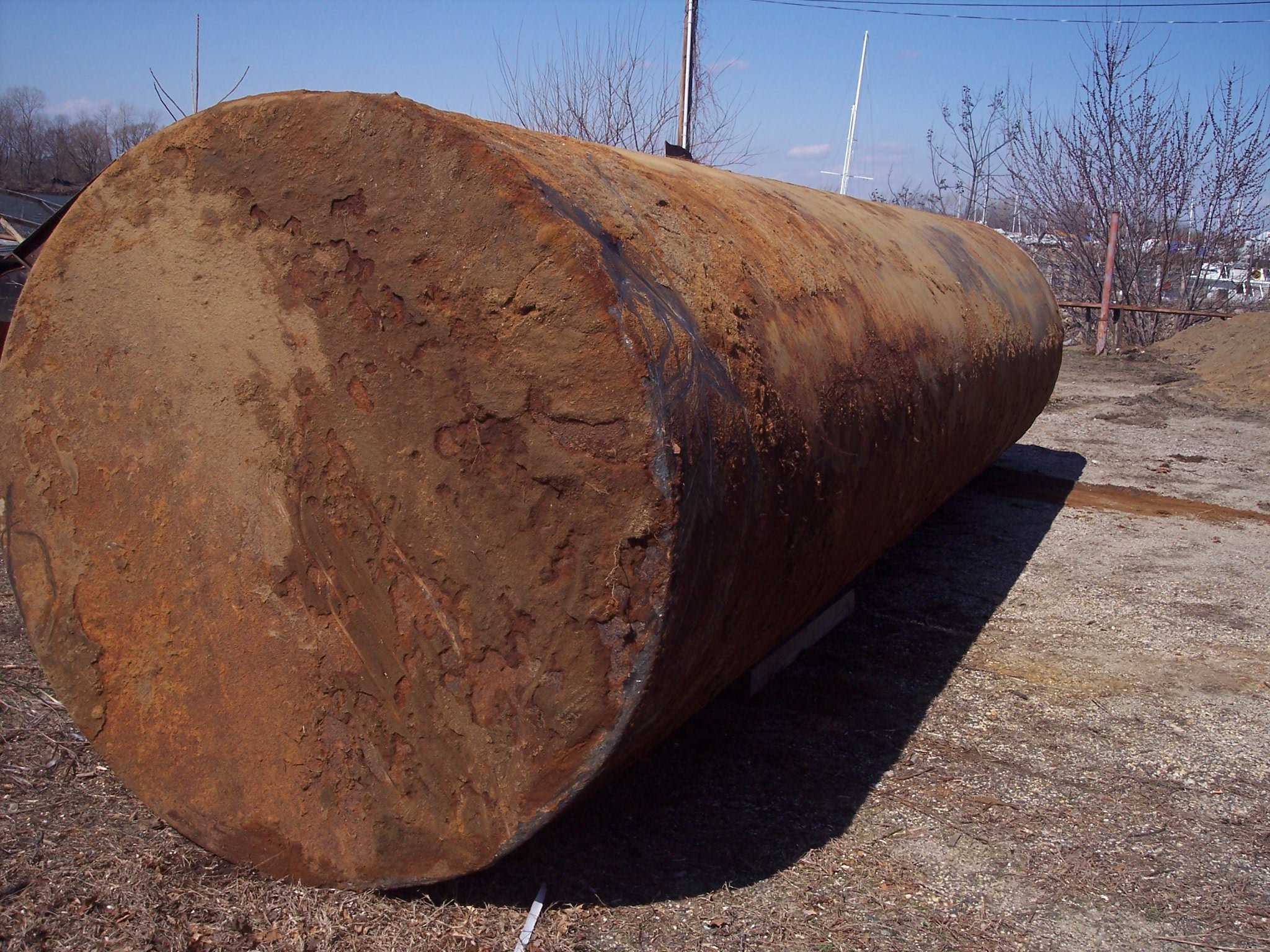






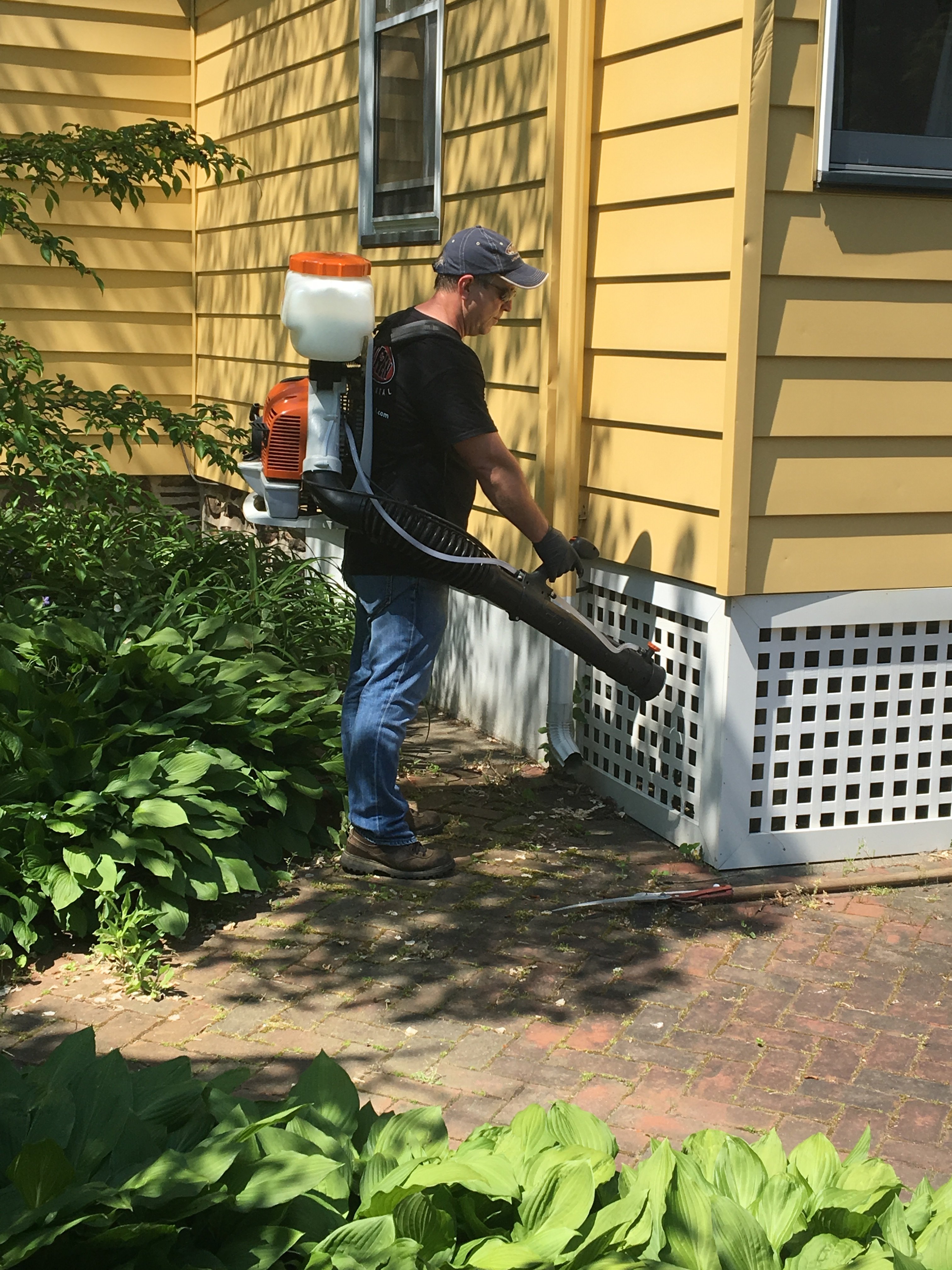




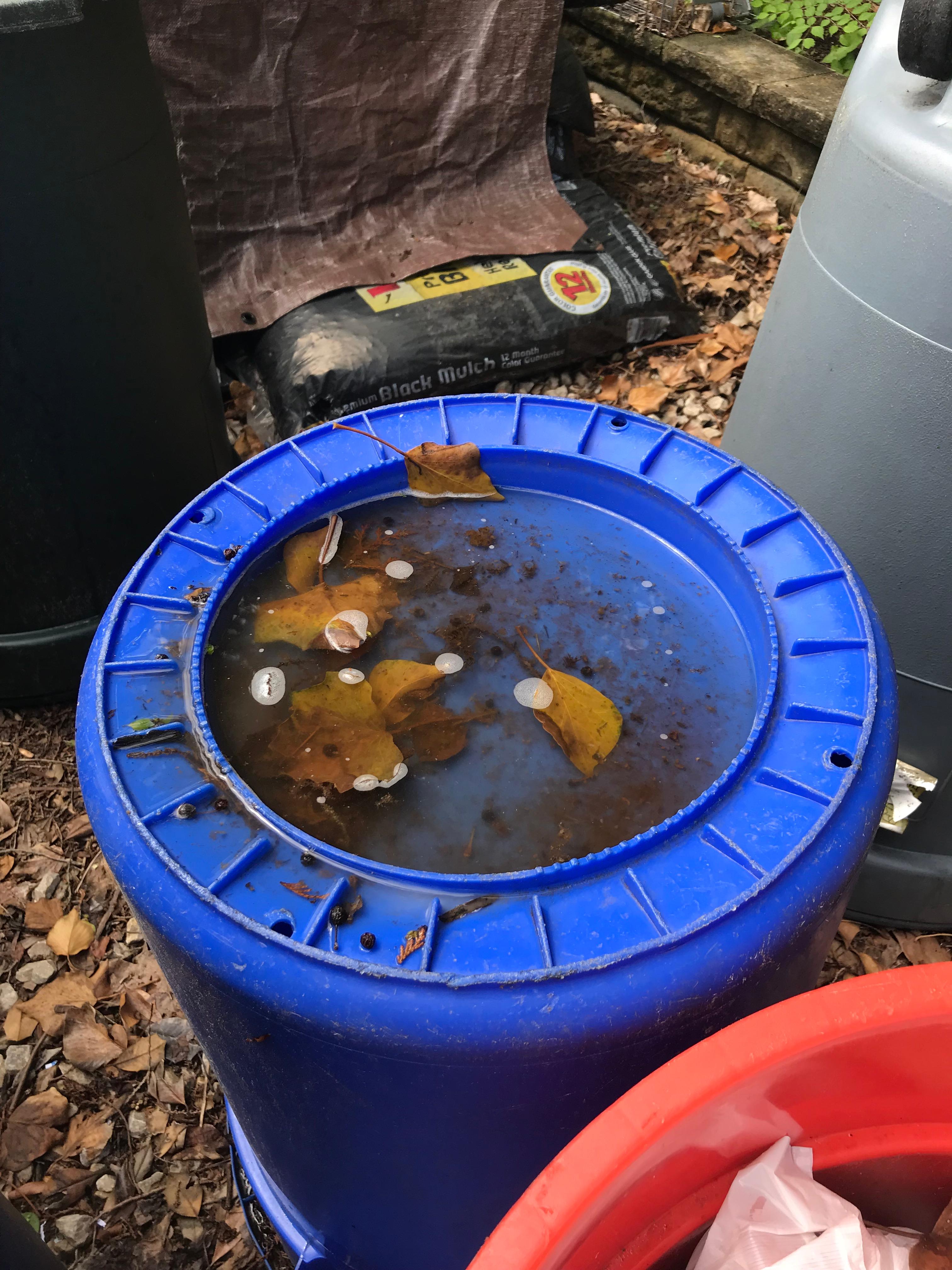
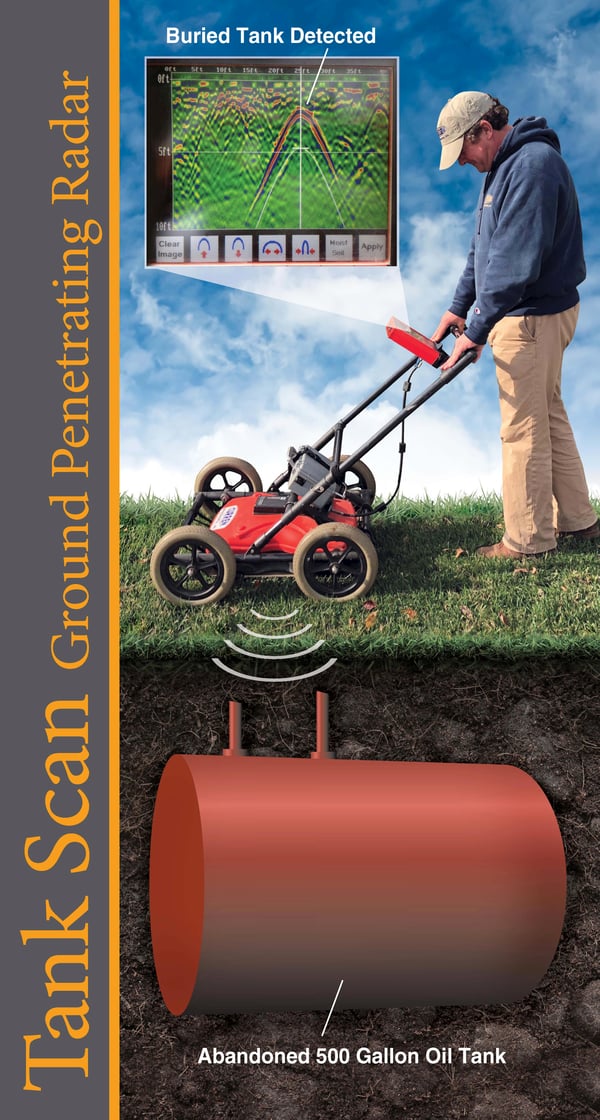
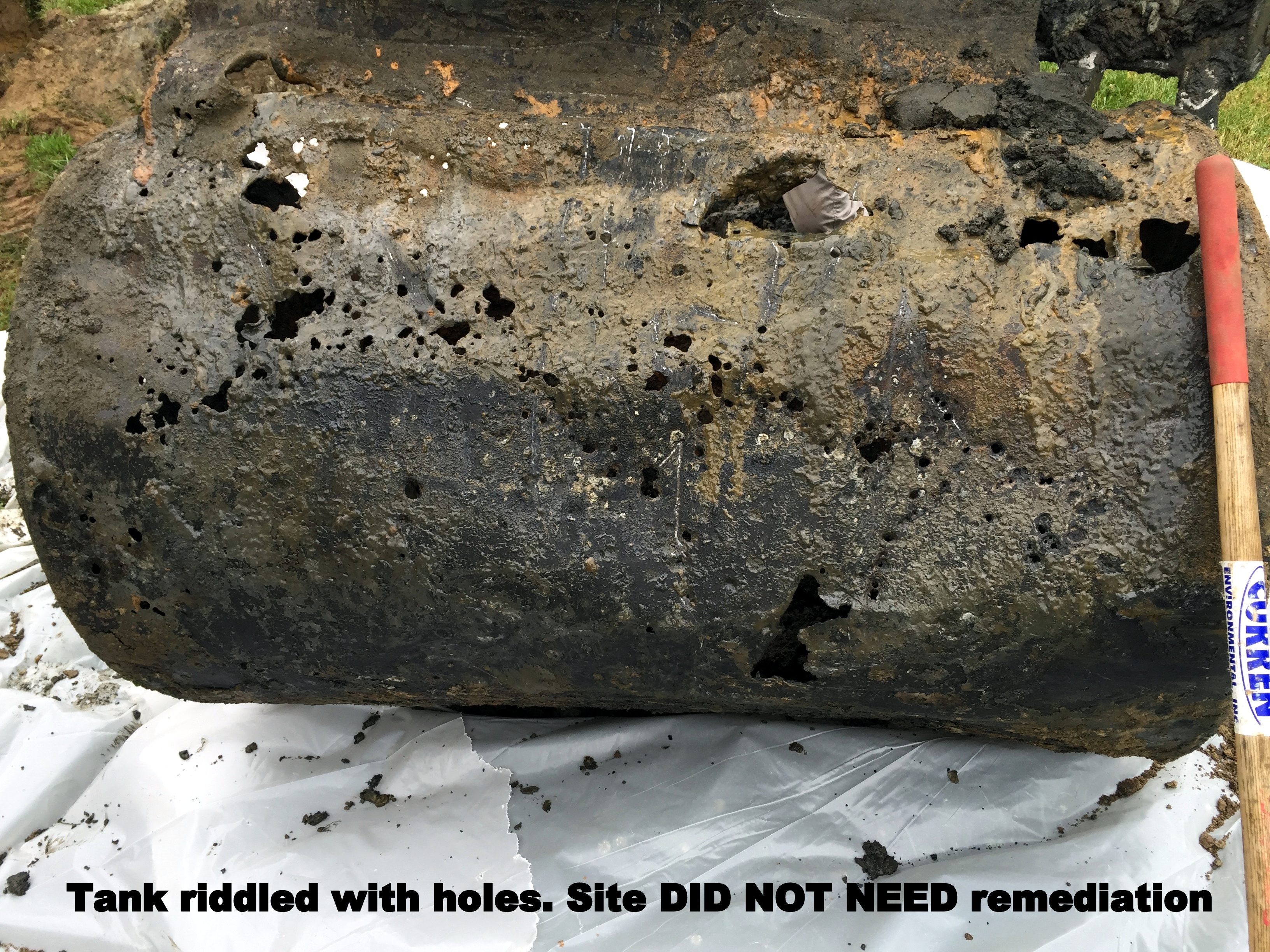
%20Phase%20I.jpg?width=561&height=421&name=SBA%20SOP%2050%2010%205%20(J)%20Phase%20I.jpg)

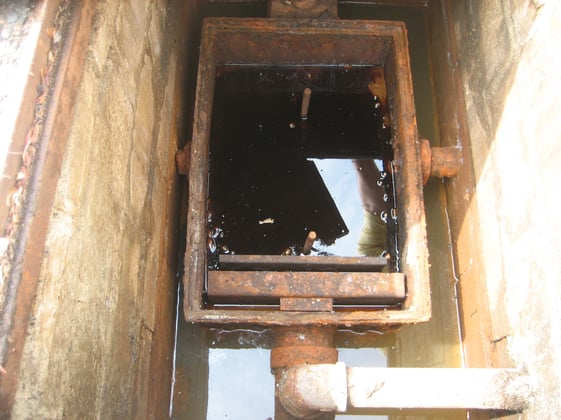
![images[2].jpg](https://www.currenenvironmental.com/hs-fs/hubfs/images%5B2%5D.jpg?width=300&height=168&name=images%5B2%5D.jpg)
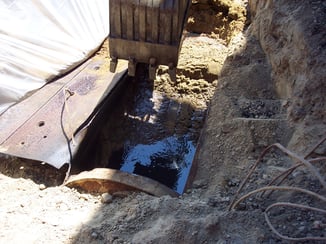
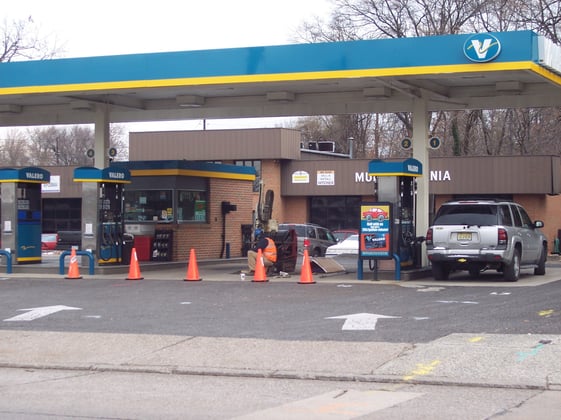

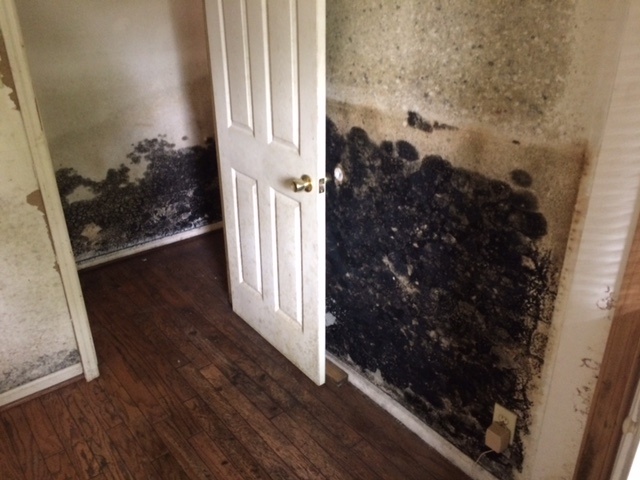
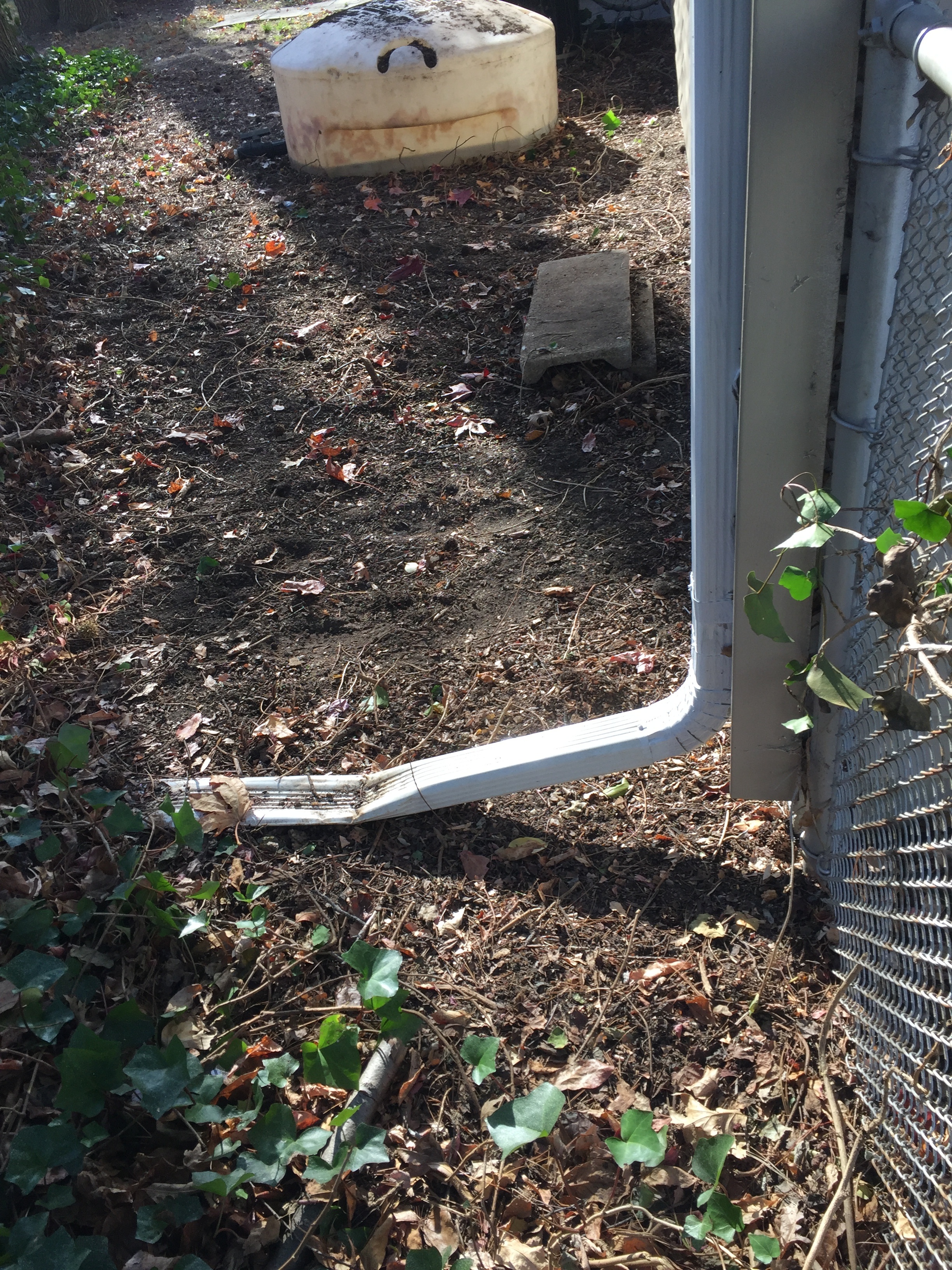
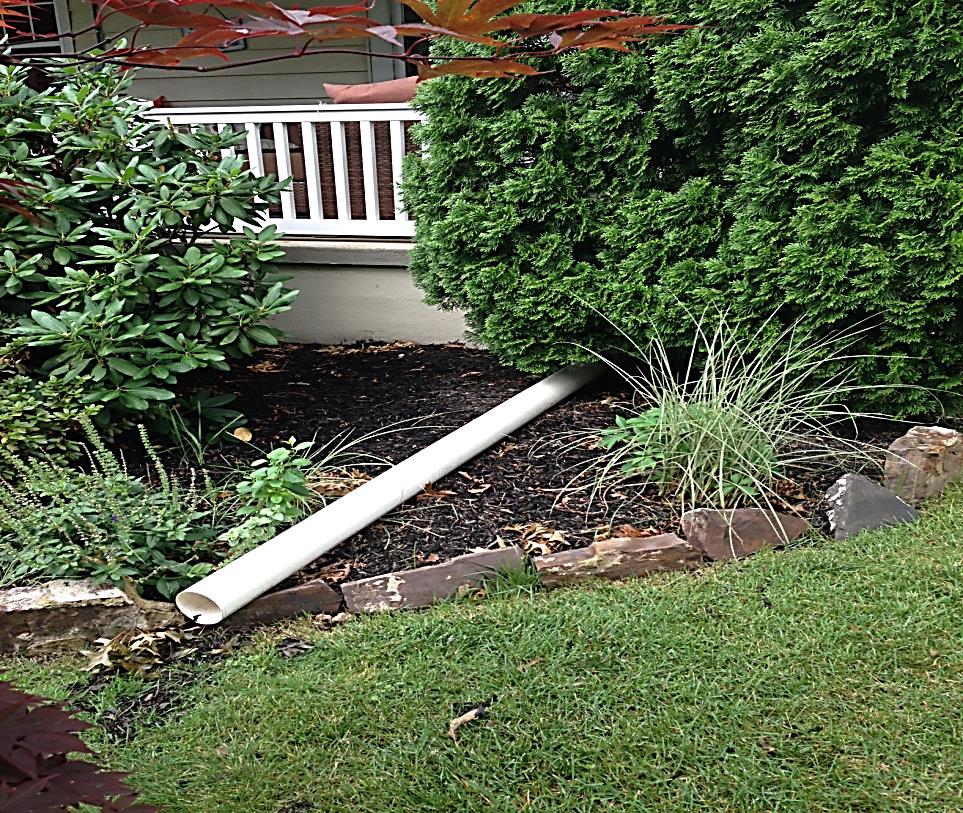

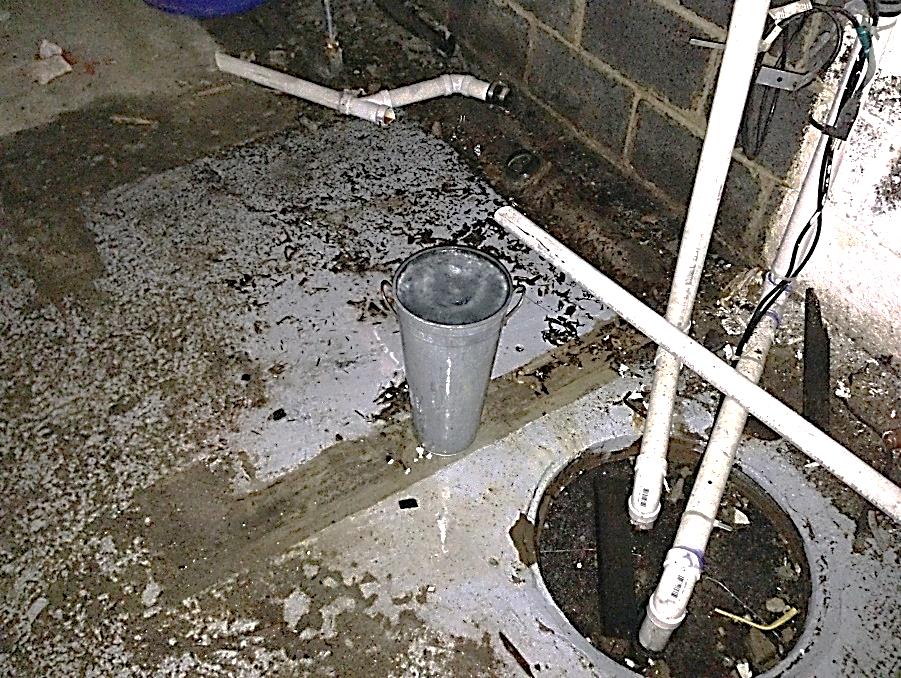
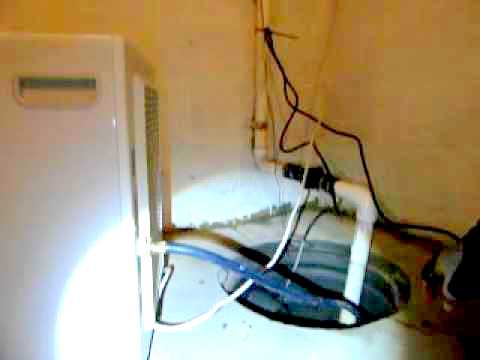
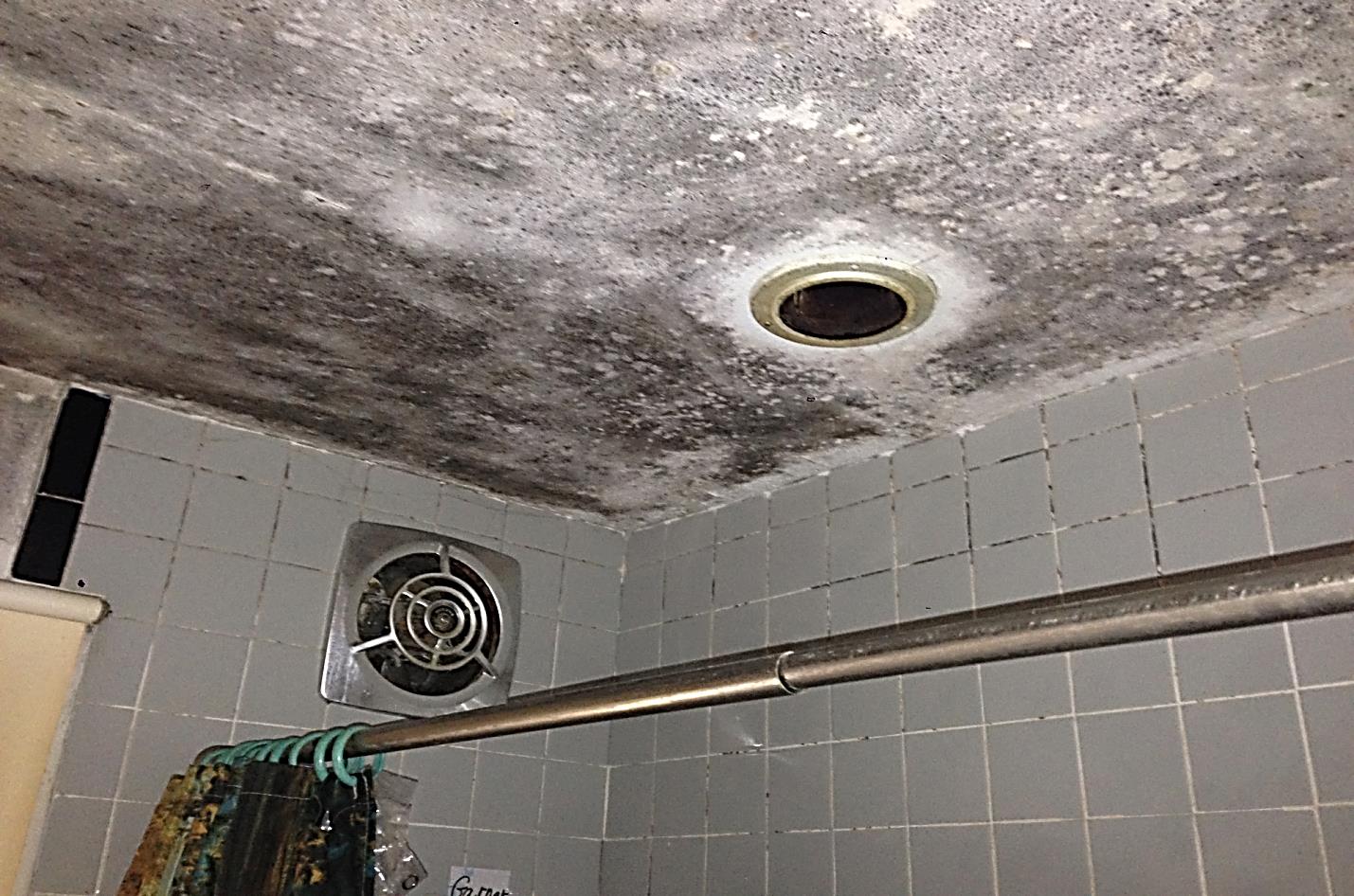
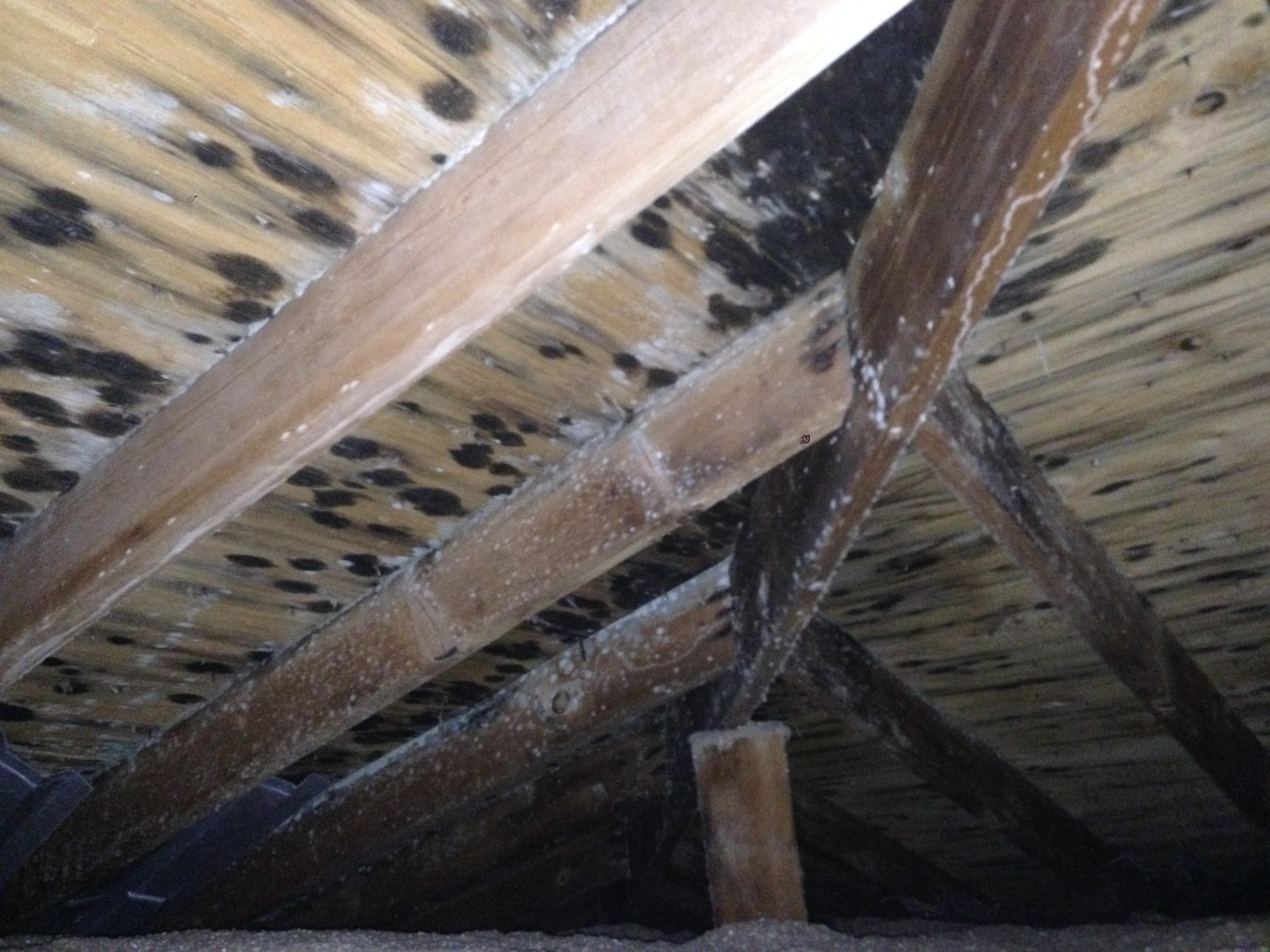
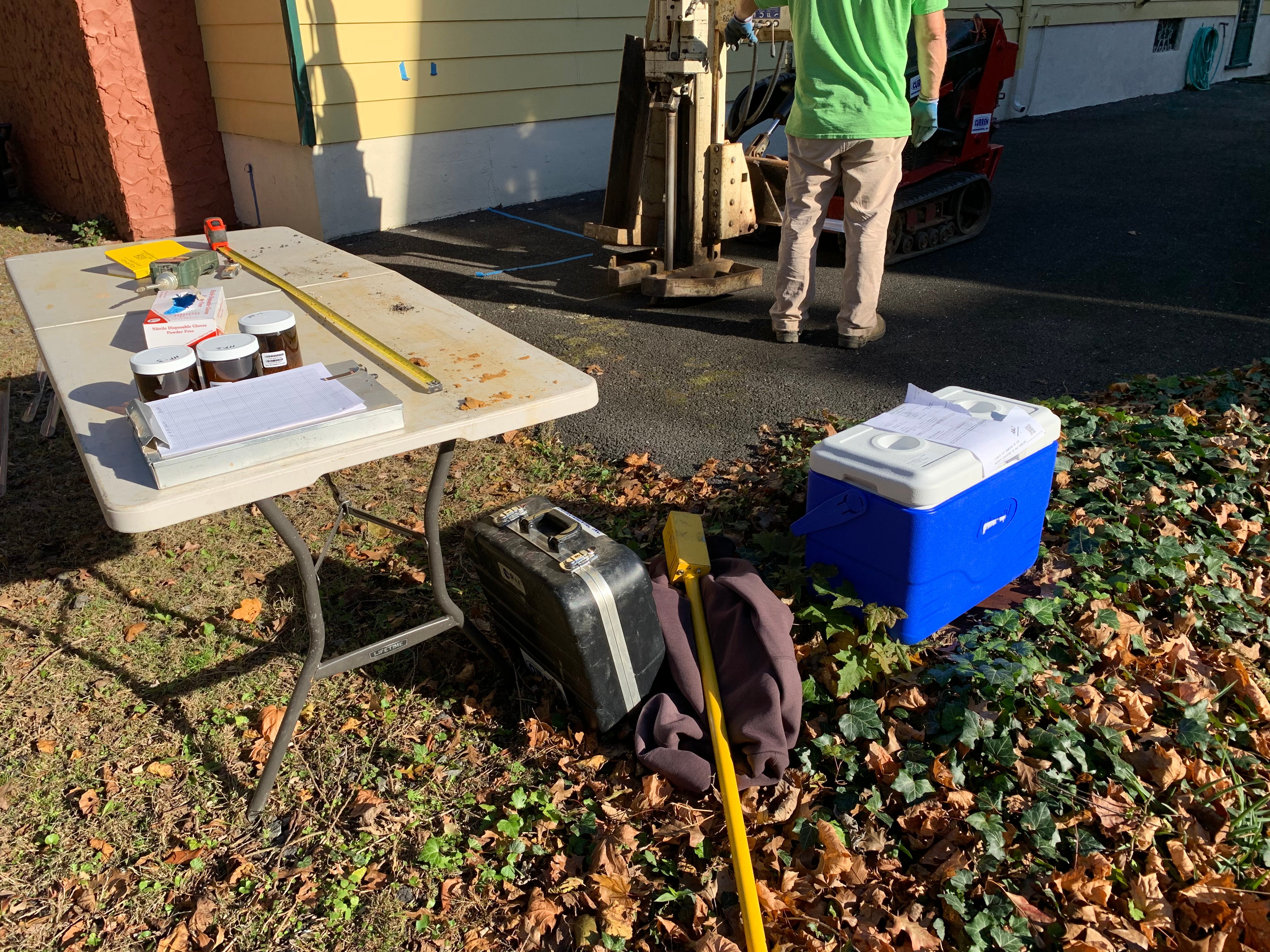
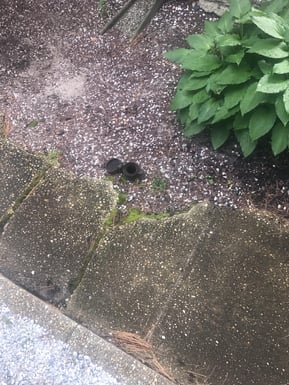
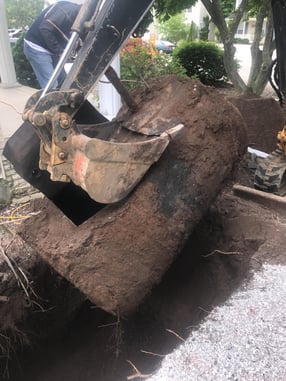
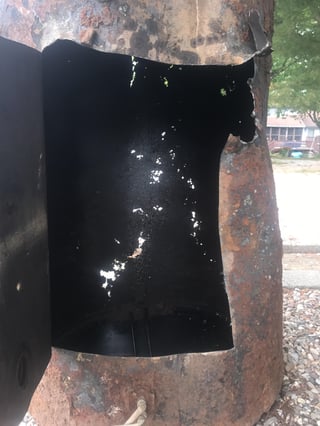

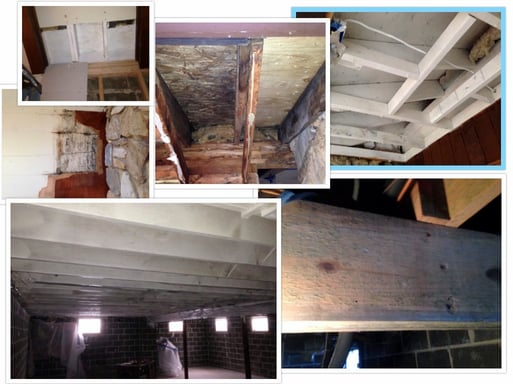


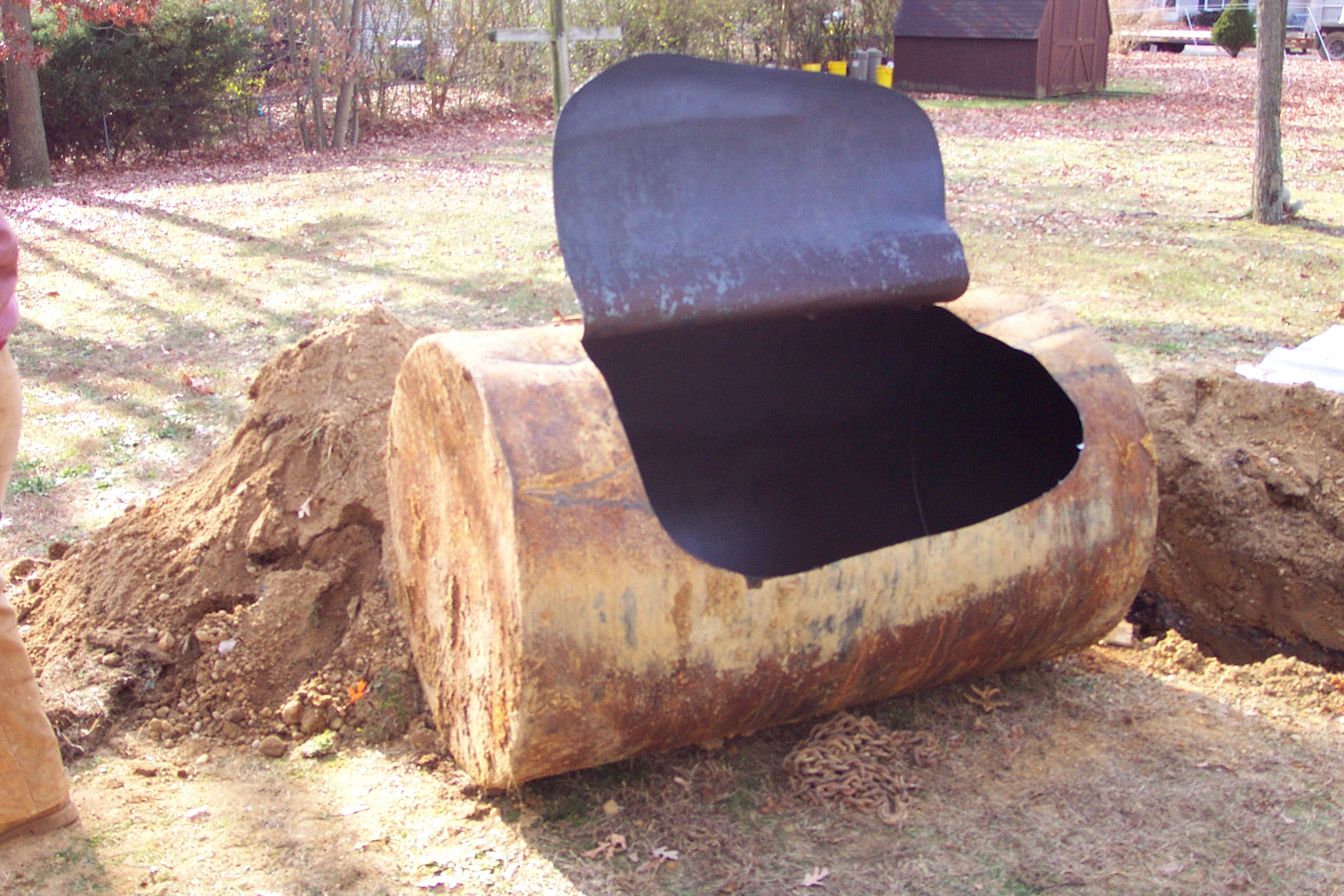 INTRODUCTION: The Construction Inspection
INTRODUCTION: The Construction Inspection